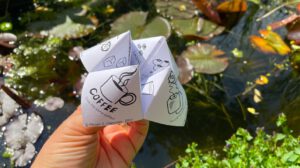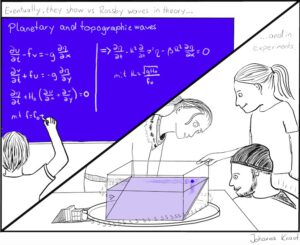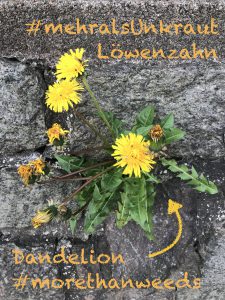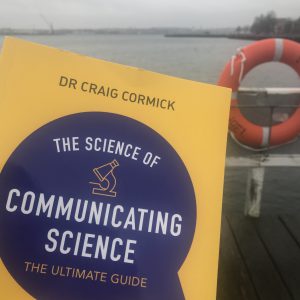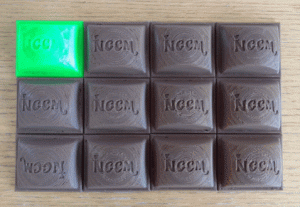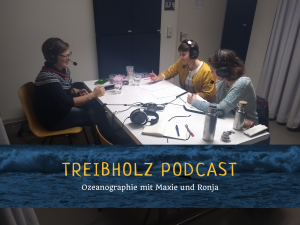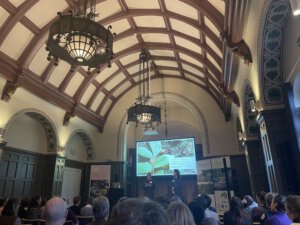
Some thoughts on yesterday’s Grand Seminar “Exploring the complexities and potentials of environmental communication”
Yesterday, I attended the Grand Seminar on “Exploring the complexities and potentials of environmental communication” organised by LU Sustainability Forum, BECC and MERGE at Lund University that my friend Terese…
